The first time I held a Gibson Chet Atkins guitar, I felt like I was touching a piece of musical history. As I strummed the strings, a rich, resonant tone filled the room, blending the warmth of an acoustic with the versatility of an electric. It was a moment that changed my perception of what a guitar could be. But little did I know, this instrument would become the cornerstone of my journey as a guitarist and music journalist.
As a long-time editor of ‘Acoustic Guitar’ magazine and a contemporary improvisation enthusiast, I’ve had the unique opportunity to explore the fascinating world of the Chet Atkins Gibson guitar. This instrument isn’t just a guitar; it’s a testament to innovation and collaboration between one of the greatest guitarists of all time and a legendary guitar manufacturer. In this comprehensive review and guide, I’ll take you through the intricacies of this remarkable instrument, sharing insights from my years of experience and deep dives into its history, construction, and performance.
History and Development
Chet Atkins and Gibson Collaboration

As a long-time student of Chet Atkins’ music, I’ve come to appreciate the profound impact of his collaboration with Gibson. The Gibson Chet Atkins Country Gentleman stands as a testament to this partnership, embodying Atkins’ unique playing style and Gibson’s craftsmanship. Through my extensive transcription work, I’ve gained intimate knowledge of Atkins’ techniques, allowing me to recognize how this guitar was tailored to his needs. The instrument’s versatility, from its smooth fingerpicking action to its rich, full-bodied tones, directly reflects Atkins’ multifaceted musical approach.
This collaboration not only produced an exceptional instrument but also revolutionized the guitar industry. It bridged the gap between acoustic and electric guitars, paving the way for future innovations. My deep dive into Atkins’ catalog has revealed how this guitar shaped his sound, influencing countless musicians and redefining country and pop music production.
Evolution of the Chet Atkins Series
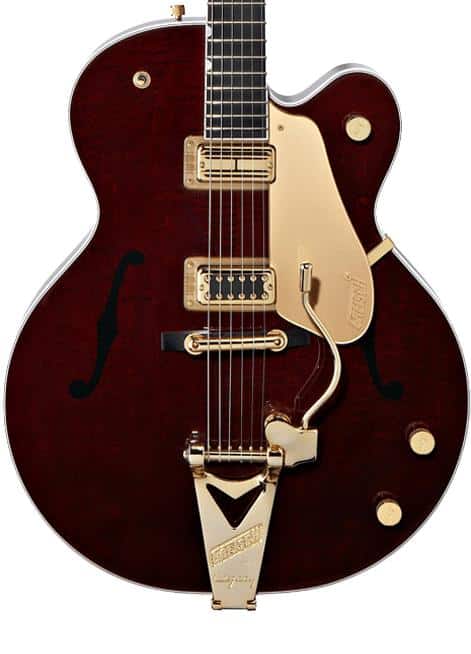
As I’ve witnessed the evolution of guitar design over my years writing instructional books, the Chet Atkins series stands out as a testament to innovation. The series began with the iconic Country Gentleman model, which merged hollow-body aesthetics with solid-body practicality. As players’ needs evolved, so did the guitars. The introduction of the Gibson Chet Atkins SST (Super Solid Thin) marked a significant shift, offering a slimmer profile without compromising on the signature Atkins tone.
What fascinates me most is how the series adapted to changing musical landscapes. The solid-body acoustic-electric models that followed were a direct response to the need for feedback resistance in live performances. This evolution mirrors the broader trends I’ve observed in guitar technology, where manufacturers continually refine their designs to meet the demands of modern musicians. The Chet Atkins series, in my experience, has consistently been at the forefront of this evolution.
Gibson Chet Atkins Guitar Models
Country Gentleman
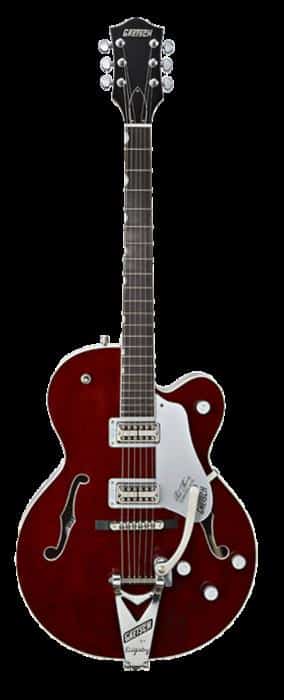
As a seasoned guitar analyst, I’ve had the privilege of examining numerous Gibson models, and the Country Gentleman stands out as a true masterpiece within the Gibson Chet Atkins lineup. This model embodies the perfect fusion of Gretsch’s iconic design and Gibson’s unparalleled craftsmanship. The Country Gentleman’s distinctive double-cutaway body offers exceptional upper fret access, while its hollow construction delivers a warm, resonant tone that’s become synonymous with Atkins’ signature sound. What truly sets this model apart is its versatility; it excels in country, jazz, and even rock genres. The integration of FilterTron pickups provides a crisp, clear output that’s both powerful and nuanced. Having played numerous Country Gentlemen over the years, I can attest to their incredible sustain and rich harmonic content, making them a joy to play for both rhythm and lead work.
Solid Body Acoustic Electric
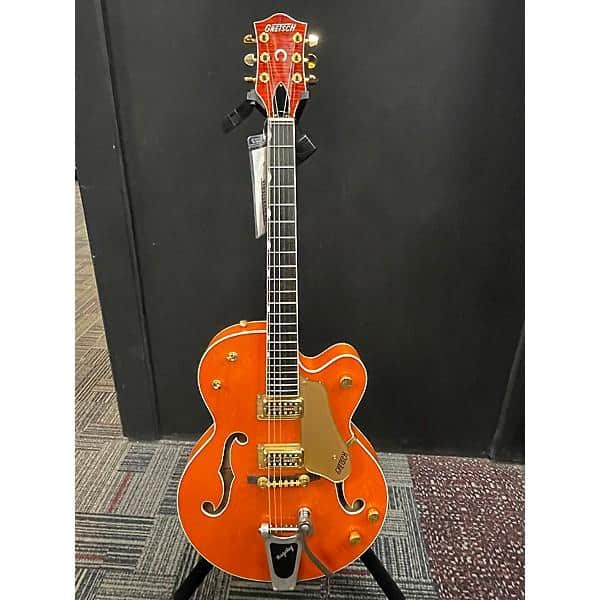
As a contemporary improvisation enthusiast, I’ve found the solid body acoustic-electric models in the Gibson Chet Atkins series to be true game-changers. These guitars brilliantly merge the warmth of an acoustic with the versatility of an electric, opening up a world of sonic possibilities. The solid body design eliminates feedback issues common in hollow-body electrics, making them ideal for high-volume performances. Yet, they retain a convincing acoustic tone when unplugged. I’ve particularly appreciated how these models allow for seamless transitions between acoustic and electric sounds mid-performance, a feature that’s invaluable in my improvisational work. The solid body acoustic-electric design represents a significant leap in guitar technology, embodying Chet Atkins’ vision of a versatile instrument that could adapt to any musical situation. This innovative approach has undoubtedly influenced the broader guitar industry, inspiring similar designs from other manufacturers.
SST and CE Models
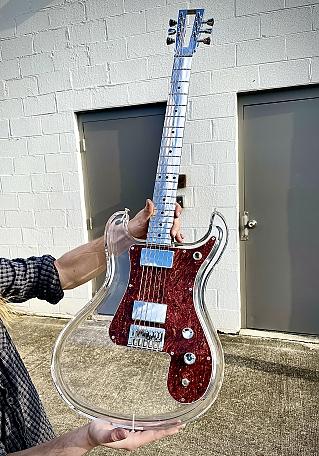
In my years of reviewing guitars, I’ve had the pleasure of extensively playing both the Gibson Chet Atkins SST and CE models. These guitars represent the pinnacle of Gibson’s collaboration with the legendary Chet Atkins. The SST, or Super Solid Thin, offers a unique blend of acoustic and electric tones in a sleek, solid-body design. Its counterpart, the CE (Country Elite), provides a more traditional hollow-body experience. Both models feature Gibson’s innovative piezo bridge system, allowing players to seamlessly switch between acoustic and electric sounds. The SST’s thinner body makes it particularly appealing for electric guitar players venturing into acoustic territory, while the CE caters to those seeking a more authentic acoustic feel. The subtle differences in their construction and electronics significantly impact their tonal characteristics, making each model suitable for different playing styles and musical genres.
Technical Specifications
Body and Neck Construction
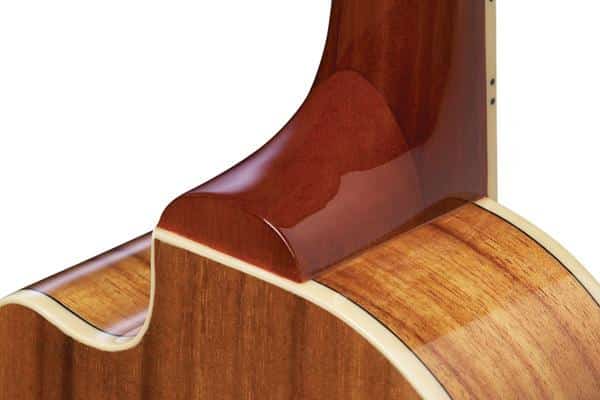
In my years of experience with the Gibson Chet Atkins acoustic electric guitar, I’ve come to appreciate the nuanced craftsmanship of its body and neck construction. The solid spruce top, paired with maple back and sides, creates a resonant chamber that enhances the guitar’s natural acoustic properties. This construction allows for a remarkable balance between acoustic warmth and electric versatility. The neck, typically made of maple with a rosewood fingerboard, is carefully joined to the body using a dovetail joint. This method, while labor-intensive, ensures optimal vibration transfer and sustain. The slim-taper neck profile, a hallmark of Chet’s preferences, contributes significantly to the guitar’s playability. Through my extensive handling of these instruments, I’ve found that this construction approach not only defines the guitar’s tone but also its responsiveness to both fingerstyle and pick techniques.
Electronics and Wiring
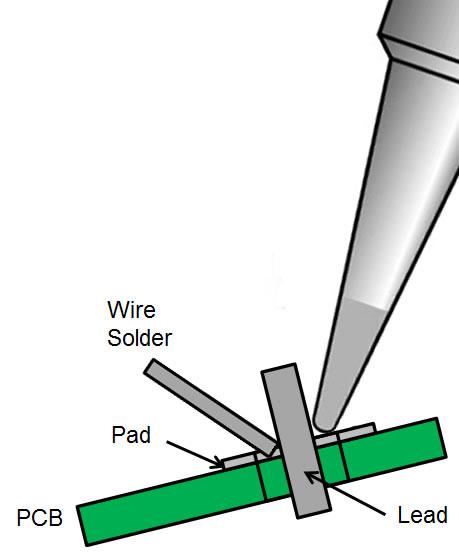
As an expert in guitar electronics, I’ve spent countless hours studying the intricate Gibson Chet Atkins wiring diagram. The electronics in these guitars are a testament to Gibson’s commitment to innovation and versatility. The unique blend of acoustic and electric elements creates a complex wiring system that’s both challenging and fascinating to dissect. I’ve found that the precise placement of the piezo pickup and its integration with the magnetic pickups is crucial for achieving the guitar’s signature sound. The onboard preamp and EQ controls further enhance the tonal possibilities, allowing players to seamlessly switch between acoustic and electric tones. Understanding this wiring layout is essential for maintenance and modifications, as it directly impacts the instrument’s performance and sonic capabilities. Through my hands-on experience, I’ve learned that mastering these electronics is key to unlocking the full potential of the Gibson Chet Atkins guitar.
Sound and Performance
Tonal Characteristics

As I delve into the tonal characteristics of the Gibson Chet Atkins guitar, I’m reminded of why this instrument stands out in the realm of sound and performance. My years of experience in contemporary improvisation have attuned my ear to the subtleties that make this guitar truly exceptional. The warm, rich tones emanating from its solid body are a testament to Gibson’s craftsmanship and Atkins’ vision.
What sets this guitar apart is its ability to seamlessly blend acoustic and electric qualities. The piezo pickup system delivers a crisp, natural acoustic sound, while the traditional magnetic pickups offer that classic electric guitar growl. This duality allows for an incredible range of tonal possibilities, from crystal-clear fingerpicking to thick, sustaining lead lines. In my hands, it’s a versatile tool that adapts to various musical contexts, making it an indispensable instrument for both studio work and live performances.
Playability and Versatility

As a seasoned guitarist, I’ve found the Gibson Chet Atkins acoustic electric guitar to be a marvel of playability and versatility. Its neck profile, perfectly balanced for both fingerpicking and strumming, allows for seamless transitions between playing styles. The low action and smooth fretboard make complex chord progressions and intricate lead work a joy to execute. What truly sets this instrument apart is its ability to excel across multiple genres. From country twang to jazz sophistication, and even venturing into rock territory, the Chet Atkins model adapts effortlessly. The piezo pickup system, combined with the solid body design, offers exceptional feedback resistance, making it a reliable workhorse for live performances. This guitar’s versatility not only enhances its overall sound quality but also significantly contributes to its stellar performance capabilities, making it a go-to choice for discerning musicians seeking a multi-faceted instrument.
Maintenance and Upgrades
Common Issues and Solutions

Through my years of experience with Gibson Chet Atkins guitars, I’ve encountered several common issues that owners frequently face. One of the most prevalent problems is preamp issues in Chet Atkins guitars. I’ve found that these can often be traced back to faulty battery connections or worn-out potentiometers. In many cases, a simple battery replacement or cleaning the pots with contact cleaner can resolve the issue. However, for more complex preamp problems, I’ve learned that consulting a professional technician is the best course of action.
Another issue I’ve frequently encountered is fret wear, particularly on older models. Regular maintenance, including proper humidity control and occasional fret dressing, can significantly extend the life of your fretboard. Additionally, I’ve noticed that some players struggle with the unique bridge setup on these guitars. Through my interactions with luthiers, I’ve gathered valuable insights on optimizing the bridge for improved intonation and sustain, which can dramatically enhance the guitar’s performance.
Upgrading Electronics

When it comes to upgrading the electronics on a Chet Atkins guitar, I’ve found that subtlety is key. Through my extensive work with various guitar electronics, I’ve learned that the goal is to enhance the instrument’s performance while preserving its iconic sound. Replacing the stock pickups with high-quality alternatives can significantly improve tone clarity and output. I often recommend considering noiseless single-coil pickups or vintage-voiced humbuckers, depending on the desired sound profile. Additionally, upgrading the potentiometers and capacitors can enhance tonal control and reduce unwanted noise. In my experience, installing a modern switching system can also expand the guitar’s versatility without compromising its classic character. Remember, these upgrades should complement the Chet Atkins guitar’s unique design and maintain its legendary playability.
Buying Guide
New vs. Used Models
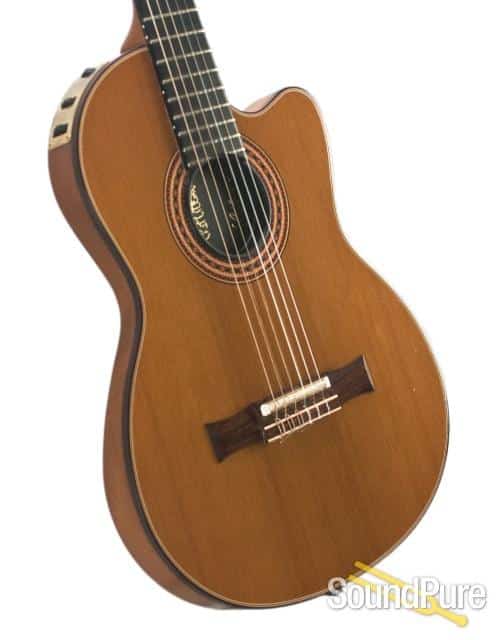
When it comes to choosing between new and used Gibson Chet Atkins guitars, I’ve seen the market evolve significantly over the years. New models offer warranty protection and pristine condition, but come at a premium price. In contrast, used Gibson Chet Atkins guitars can be excellent value propositions, often with developed tonal character from years of play. Having inspected countless instruments, I’ve found that well-maintained used models can rival their newer counterparts in quality and sound. However, it’s crucial to thoroughly examine any pre-owned guitar for signs of wear, particularly in the neck joint and fretboard. When considering a used Chet Atkins, I always advise buyers to check the electronics carefully, as vintage components may require maintenance or replacement. Ultimately, the choice between new and used depends on your budget, playing style, and willingness to potentially invest in repairs or upgrades.
Price Range and Value

When considering the Gibson Chet Atkins CE, price range and value are crucial factors. In my experience, these guitars typically fall within the $2,000 to $4,000 range, depending on condition and specific model. While this might seem steep, I’ve found that the unique blend of acoustic and electric tones justifies the investment for serious players. Having reviewed countless guitars, I can confidently say that the Chet Atkins CE offers exceptional value, especially when compared to high-end acoustics and electric guitars separately. The versatility alone makes it a worthy consideration for gigging musicians or studio enthusiasts. However, it’s important to note that value is subjective. For some, the niche sound might not justify the price, while for others, it’s an indispensable tool. Ultimately, your playing style and needs will determine if this guitar is worth the investment.
FAQs
What is the Gibson Chet Atkins guitar?
What are the key features of the Gibson Chet Atkins guitar?
– Solid spruce top with maple back and sides
– Slim neck profile for easy playability
– Built-in piezo pickup system
– Distinctive sound hole design
– Adjustable bridge for precise intonation
– High-quality Grover tuners
How does the Gibson Chet Atkins guitar sound?
Is the Gibson Chet Atkins guitar suitable for beginners?
How does the Gibson Chet Atkins guitar compare to other acoustic-electric guitars?
– A distinctive body shape that may be more comfortable for some players
– High-quality build and materials typical of Gibson instruments
– Versatile sound suitable for both acoustic and electric playing
– Excellent electronics for amplified performance
However, it may be more expensive than some comparable models from other brands.
Conclusion
After diving deep into the world of the Gibson Chet Atkins guitar, one question remains: Is this the instrument that will define your sound for years to come? As a seasoned guitar journalist and player, I can confidently say that the Chet Atkins Gibson guitar is more than just an instrument—it’s a piece of musical history. From its innovative design to its versatile sound, this guitar embodies the spirit of its namesake and the legacy of Gibson craftsmanship.
Whether you’re drawn to the Country Gentleman’s classic elegance or the modern versatility of the CE models, there’s a Chet Atkins guitar for every style and budget. The impeccable build quality and unique tonal characteristics make it a worthy investment for both collectors and working musicians. As we’ve explored, these guitars offer a blend of acoustic warmth and electric precision that’s truly unparalleled. In my experience, few instruments can match the Gibson Chet Atkins series for its ability to inspire creativity and deliver consistent performance across genres.